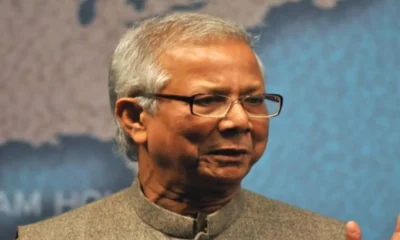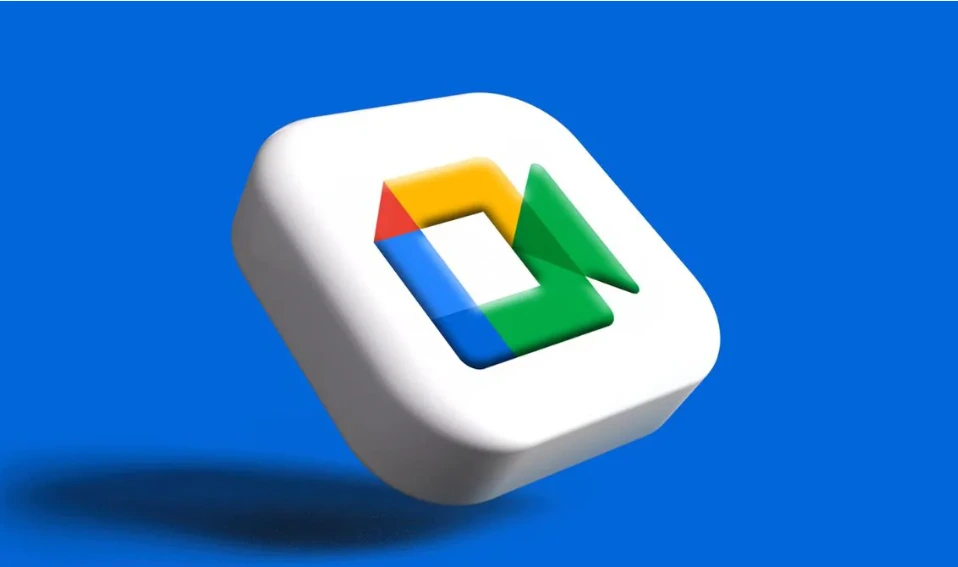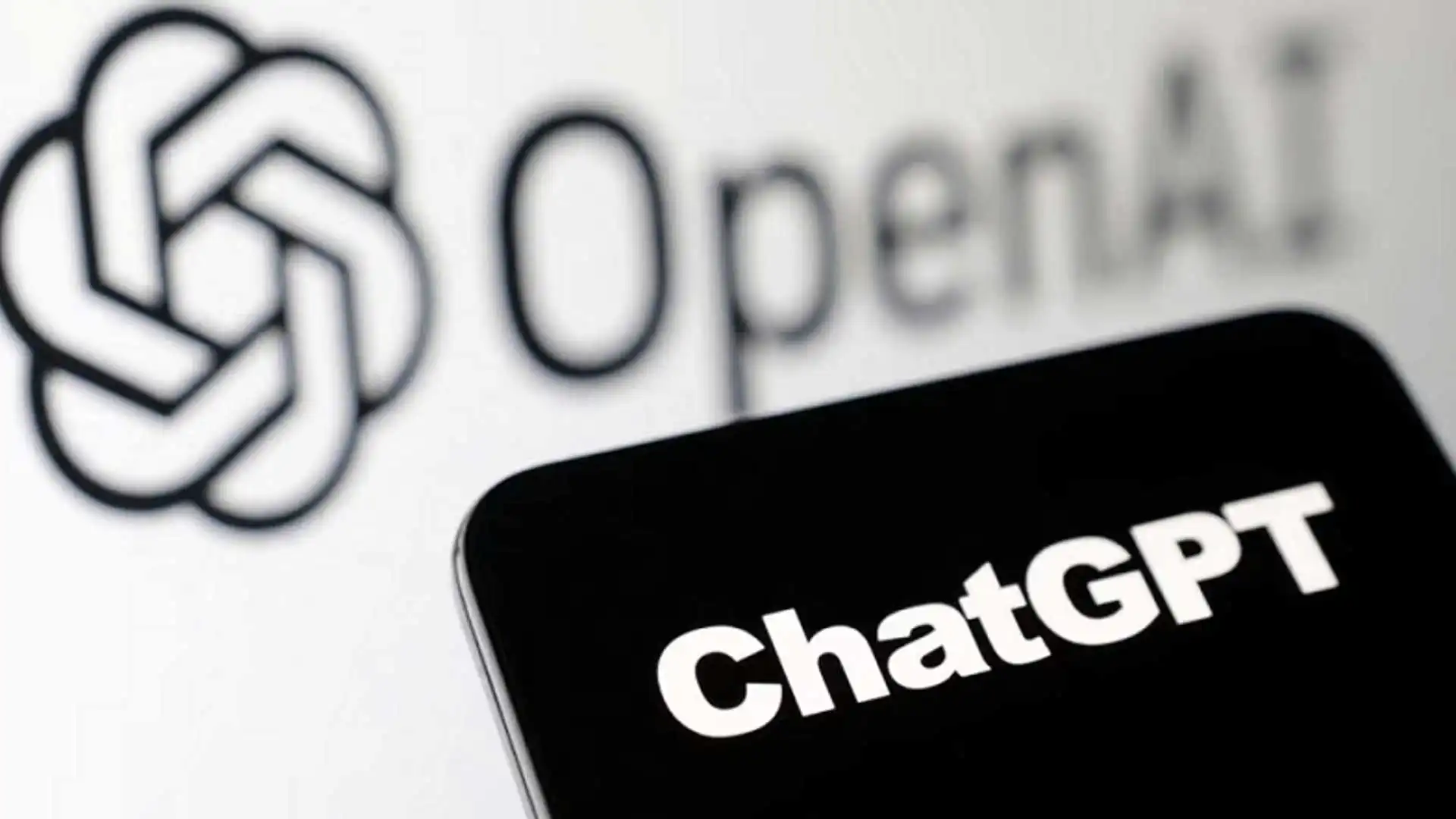Tech
JioMart Paisa Vasool Sale is live: Grab gadgets, electronic appliances, groceries up to 50 percent off
JioMart Paisa Vasool Republic Day sale is live from today and will run till January 26. Buyers will also get an additional instant discount on various products.

Tech
Google Meet outage disrupts work calls, online classes across India
Google Meet faced a major outage across India, stopping users from joining meetings and prompting widespread complaints on social media.
Latest world news
Cloudflare outage disrupts global internet access as major platforms face errors
A global internet disruption on Tuesday evening impacted major platforms such as X, ChatGPT and Spotify after a Cloudflare issue caused widespread 500 errors.
India News
OpenAI to offer free ChatGPT Go for one year to Indian users from November 4
OpenAI will offer Indian users one-year free access to ChatGPT Go starting November 4, marking its first major promotional campaign in India aligned with the DevDay Exchange event in Bengaluru.
-

 India News22 hours ago
India News22 hours agoProtests outside Bangladesh High Commission in Delhi over lynching of Hindu youth in Bangladesh
-

 India News19 hours ago
India News19 hours agoBJP raises seat offer to Eknath Shinde’s Shiv Sena to nearly 90 ahead of Mumbai civic polls, talks continue
-

 India News20 hours ago
India News20 hours agoEveryone has their demands: Robert Vadra responds to calls for Priyanka Gandhi as PM candidate
-

 Entertainment20 hours ago
Entertainment20 hours agoThe Odyssey trailer: Christopher Nolan unveils first look of epic journey led by Matt Damon
-

 Entertainment19 hours ago
Entertainment19 hours agoGovinda’s Avatar: Fire and Ash cameo clips go viral, truth behind the AI-generated videos
-

 India News22 hours ago
India News22 hours agoJ&K cabinet clears residential plot allotment for flood-affected families
-

 India News4 hours ago
India News4 hours agoIndia’s LVM3 Baahubali rocket launches heaviest satellite ever from Indian soil
-

 Latest world news4 hours ago
Latest world news4 hours agoBangladesh student leader killing sparks allegation against Yunus-led interim government over February polls










